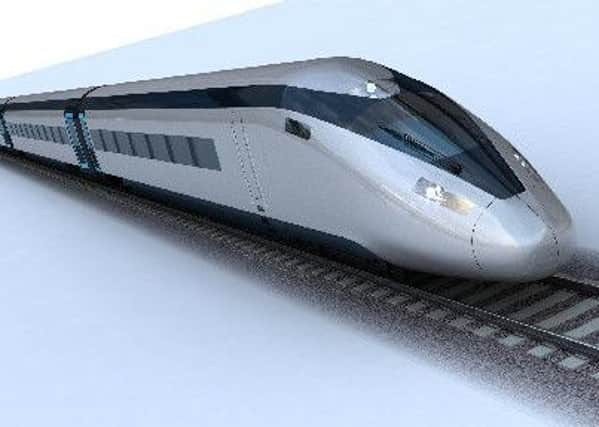Easing the burden


Subsequently there has been a renaissance in rail travel to the effect that by the mid 2020s our reduced railway network is expected to be carrying twice as many passengers as it was in it’s previous heyday.
But according to those who handle the rail infrastructure, improvements to the current network i.e. longer trains and longer platforms can only account for an 80% increase in passengers. Recent attempts to improve the west coast mainline has indeed provided more seats but due to ever increasing demand they still have as many standing passengers.
Advertisement
Hide AdAdvertisement
Hide AdDemand for rail is expected to continue into the 2030s with pressure squeezing the railfrieght group.
Do we really want to be pushing train loads of goods back into trucks on the roads?
HS2 is meant to be a new railway network to ease the burden on the existing network by providing fast 200mph alternative trains, which will shave one hour off the time from London to the South Yorkshire regional station at Meadowhall, and a further 10 minutes to Leeds.
That is unless Sheffield Council gets its way and adds £1bn to the cost by moving the station to the city centre, and thus reduces time saved to Leeds, Barnsley, Doncaster and Rotherham by 10 minutes.
R Aldous
by email